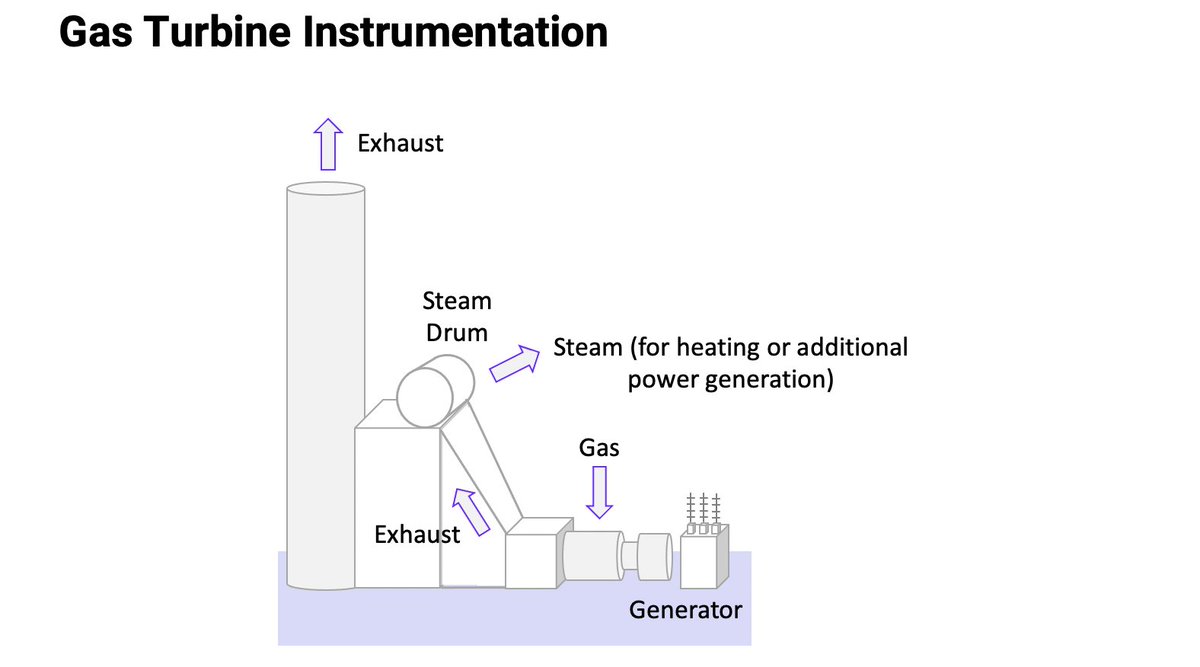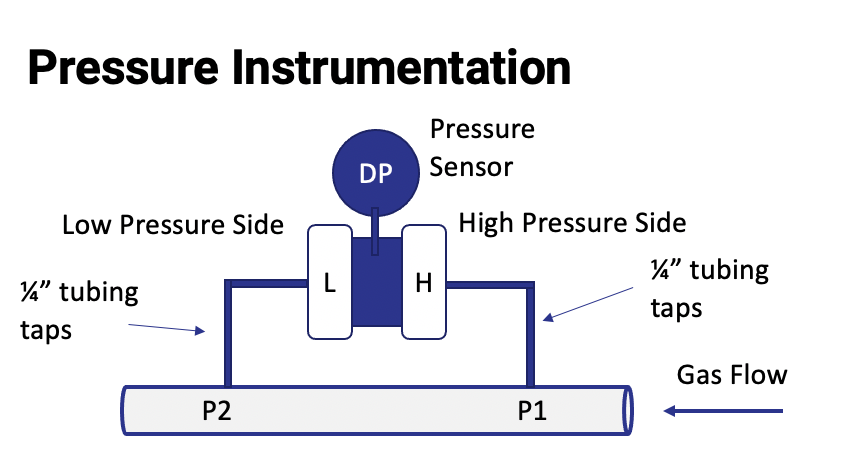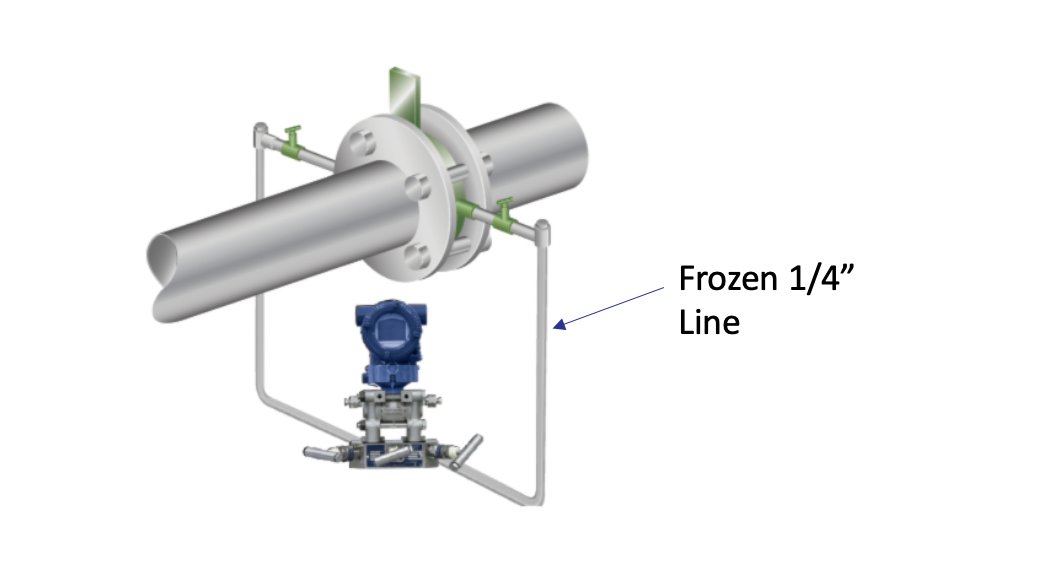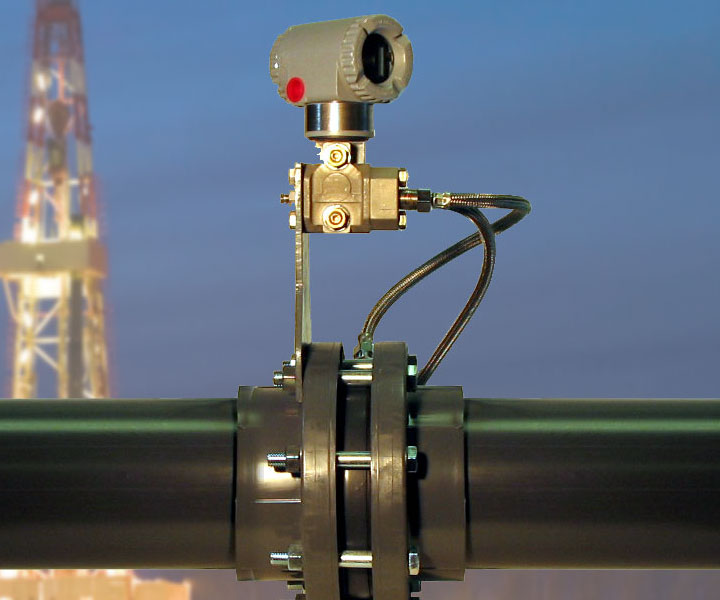
Why do gas turbines (and other plant equipment) fail in the winter?
A 2-minute thread on the "brains" behind a power plant: instrumentation
A 2-minute thread on the "brains" behind a power plant: instrumentation

A typical plant can have over 10,000 "instruments" - electrical sensors used to monitor pressure, temperature, vibration, flow rate, etc.
Arguably the most common sensor is a pressure sensor
Arguably the most common sensor is a pressure sensor
Pressure sensors are used to measure the difference in pressure (DP) between two points (P1 and P2)
Pressure taps at locations P1 and P2 feed into a high pressure side and low pressure side of a pressure sensor
The sensor measures the DP and converts it into a flow rate
Pressure taps at locations P1 and P2 feed into a high pressure side and low pressure side of a pressure sensor
The sensor measures the DP and converts it into a flow rate

To protect the equipment, plant control systems initiate a shut down if the calculated flow rate exceeds (or falls beneath) a certain value
But in the winter, this causes an issue..
But in the winter, this causes an issue..
These pressure "taps" are made of 1/4" carbon steel tubing and are often not insulated.
If one of these taps freezes, the sensor can no longer read the true pressure of P1 or P2
If one of these taps freezes, the sensor can no longer read the true pressure of P1 or P2

Garbage in = garbage out
If the sensor can't get a good measurement, the flow rate calculation fails, and the control system shuts down the equipment
If the sensor can't get a good measurement, the flow rate calculation fails, and the control system shuts down the equipment
This is currently happening to gas turbines across Texas
Plant electricians are spending night/day working to fix instrumentation and get gas turbines running again
So the next time you see a local plant electrician, thank him/her. Their efforts kept your heat on last night //
Plant electricians are spending night/day working to fix instrumentation and get gas turbines running again
So the next time you see a local plant electrician, thank him/her. Their efforts kept your heat on last night //
And if you were curious, here's a picture of one of these pressure sensors measuring flow through a pipe
// end thread
// end thread

• • •
Missing some Tweet in this thread? You can try to
force a refresh


